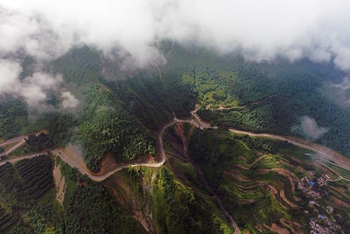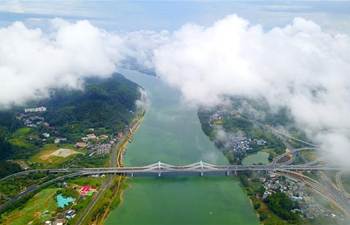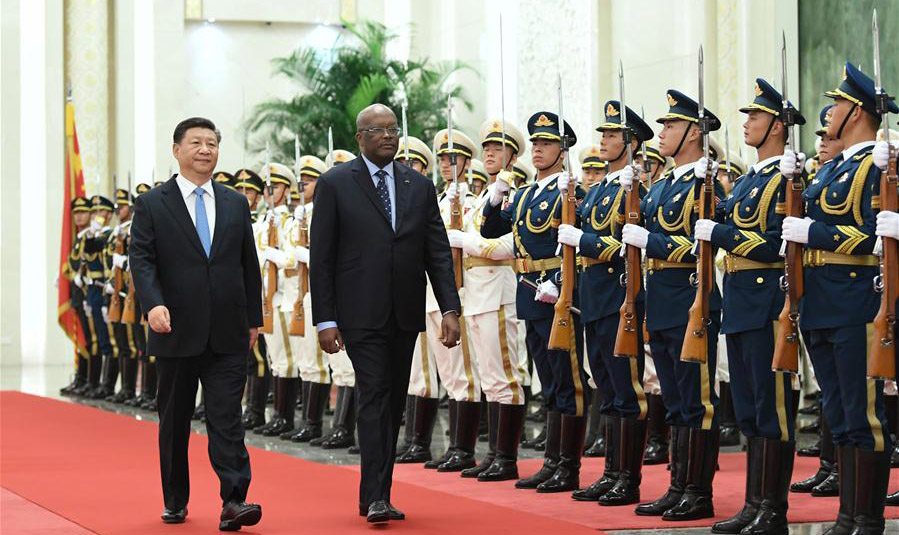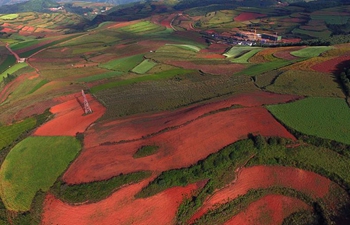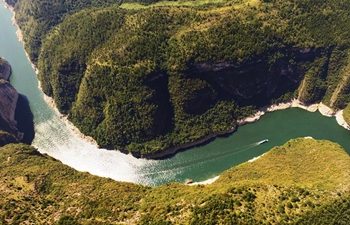SYDNEY, Aug. 31 (Xinhua) -- Australia's Antarctic program has announced that they will soon receive a new fleet of heavy tracked vehicles to support scientists in deep field operations as they look to transverse the frozen continent in search for the "million year ice core".
Able to carry researchers 1,500 km inland, the 45 million Australian (32.6 million U.S.) dollar addition to the Antarctic Division will include five heavy tractors and two snow groomers which are capable of towing sled trains of food supplies, accommodation, communal areas, scientific equipment, power generation and up to 160,000 liters of fuel.
"This is a steep-change in our ability to rapidly move large quantities of cargo and equipment deep inland in all weather conditions, and into areas that we can't traditionally access by aircraft," project lead of the expedition Anthony Hull said on Friday.
"It allows us to deploy scientists and support teams to some of the most remote and extreme parts of the Antarctic ice sheet for extended periods of time."
Set to begin in early 2021, the first expedition will leave from Australia's Casey Research Station with the aim of establishing a mobile research base 1,200 km inland at a location known as Dome C.
From there, up to 16 people will be able to fly in for three month periods to conduct research on the ice core.
"The 'million year ice core' will be a window into a time when a major shift in the Earth's climate system took place, and when the regular pacing ice ages gradually slowed," Australian Antarctic Division glaciologist Dr. Tas van Ommen said.
"We are working closely with our international collaborators to understand what caused this shift, because we believe it can help us better understand present day climate change."
For the project, scientists and engineers at the Antarctic Division have already begun developing a new drill capable of extracting ice at a depth of 3,000 meters.
"Many of the components we need are specialist designs that have to be constructed and built in-house, and we have the right team to do that here in Hobart (Tasmania)," van Ommen said.
"We are incorporating the latest technology that will allow us to recover the best quality core, to drill most efficiently, and hopefully get to the bottom of the ice sheet over a three-to-four year drilling period."
?
